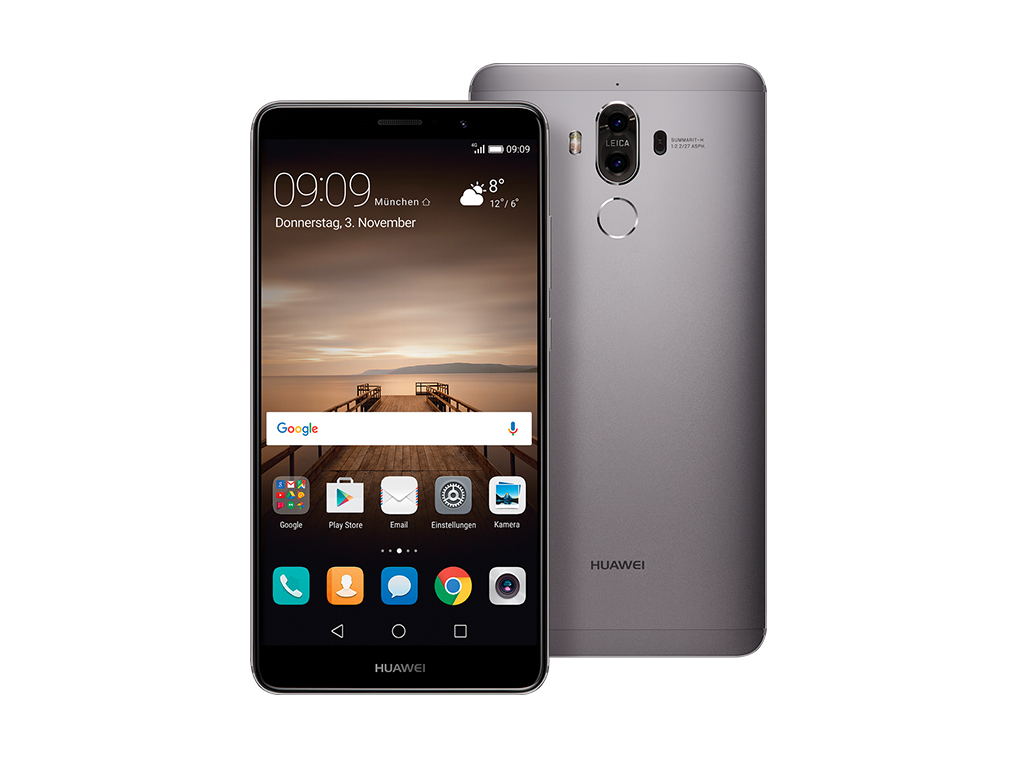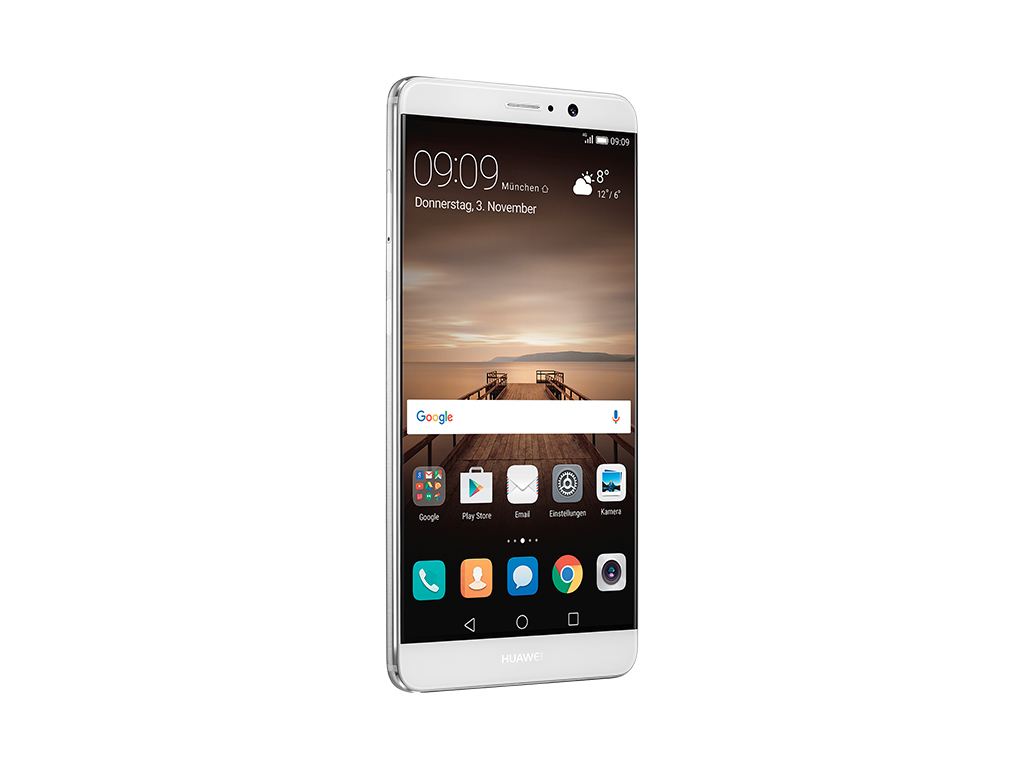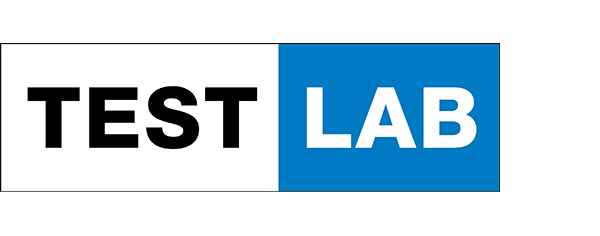The Mate range by Huawei was originally designed for business use and enjoys almost a legendary reputation in the industry thanks to its long battery life. The Mate 7 and the Mate 8 are two of the longest-lasting smartphones that have ever been measured in the connect lab. The Mate 9 successor, coming to shops mid-November, is no exception, quite the opposite: the 5.9-inch phone's 4000-mAh battery, a capacity far above the smartphone average, reaches a phenomenal 11:13 hours. There are only two phones that last longer: the Asus Zenfone Max (12:58 hours) and the LG X Power (11:51 hours), but both only offer simple features, making the Huawei model the lone frontrunner in the top range. Two days without charging is possible without a problem, and when it does need a pit stop, it's out delightfully quickly. Thanks to Huawei's patented quick-charge technology SuperCharge, the battery charges from 0% to 80% in an hour. The Chinese company explains that their solution is even a little quicker than Qualcomm's equivalent, the Quick Charge 3.0.






The Chinese company explains that their solution is even a little quicker than Qualcomm's equivalent, the Quick Charge 3.0. An interesting observation in this context: the Mate 9 does not get warm while charging, even despite the quick charge time. Huawei has adopted the straightforward aluminium design practically unchanged from the Mate 8, with the only change being to the area around the camera lens. In this area the distinctive Leica dual-optics design adorns the otherwise flat aluminium back. The look, feel, and craftsmanship are of the highest quality. However, an IP certification is missing, because, unlike Apple and Samsung, Huawei does not make its phones waterproof. The edges next to the screen are again very narrow, meaning that the smartphone seems very compact even despite its 5.9-inch screen. A comparison with the iPhone 7 Plus clearly shows how well Huawei utilises space: the iPhone measures in at 158 x 77 x 8 mm with a smaller screen (5.5 inches), while the 5.9-inch Mate 9 is almost the same size at 157 x 79 x 8 mm. Both devices are in the heavyweight division, but still stay under the 200-gramme mark at 188 g (iPhone) and 190 g (Mate 9).
With 598 candelas, the LC screen is very bright, while also having a good dynamic range and great viewing angle range. Like Apple, Huawei has stuck with a resolution of 1920 x 1080 pixels for the Mate 9. Meanwhile, the competition has started introducing QHD (2560 x 1440 pixels), but you would not notice this difference in the screen as the image is very crisp at 373 ppi. The Mate 9 is only partially suitable for VR content compared with what the combination of Google's VR platform Daydream and the headset offers. Huawei justifies this decision by saying that they have focussed on battery life. A QHD screen would have been technically possible, but would have used more energy and therefore shortened the battery life, we were explained. They were not willing to make this compromise given the Mate range's focus on business use. This is in line with the meagre sound equipment: instead of stereo sound, you'll have to make do with a single speaker on the bottom and still do without an equaliser. The Mate 9 is not the first choice for audiophiles.
PRO
- Elegant and very well-finished aluminium casing
- Compact design despite the 5.9-inch screen
- Unique dual camera by Leica with top image quality
- Intuitive user interface with numerous extras
- Outstanding battery life
- Very good wireless capabilities
CONTRA
- Casing not waterproof
- Display not in QHD resolution
- No stereo speakers
Power processor and great camera
The Mate 9 is not just for the business world. Unlike many smartphones that are primarily designed for business use, the Mate 9 is also an impressive device for playing games and taking photos/videos. This is in part thanks to the new star of the in-house processor wizards, HiSilicon. The octa-core Kirin 960 chipset clocks 2.4 GHz and can access a hefty 4 GB of RAM. There are currently no apps out there that could put this strong combo on the ropes. The 960 establishes new records in two ways: this is the first time the modern A73 ARM architecture and the octa-core GPU Mali G71 have been used. When product manager Michael Seitz declared the Mate 9 as the "highest performing smartphone in our portfolio", nobody could argue with him. Games will run without a hitch on the device thanks to the new Vulkan graphics engine. Google introduced this with the Android 7.0 Nougat, which is installed on the Mate 9. This is one of the first ever models to run with the latest version of Google's system. As usual, Huawei has used its EMUI 5.0 user interface, which has been given an overhaul with azure blue colours and revised symbols. There are some extras included that Android native does not offer, including the clever integration of the fingerprint sensor on the rear with the smartphone control. At this point we would like to emphasise the new storage management, which, according to Huawei, means the system will not slow down after extended use. The direct memory access is already very quick owing to the new Flash standard UFS 2.1. There is 50 GB of internal storage and, if you need more, you can expand upon this with a micro SD. The Mate 9 is sold as both a single SIM and dual SIM version. The latter is equipped with a hybrid slot that can be utilised by a second SIM or a micro SD. The absolute highlight of the Mate 9 is the camera. It's all down to the second generation dual optics developed together with Leica, which now takes photos in different resolutions. While the colour sensor continues to work with 12 megapixels, the monochrome sensor has been enhanced to 20 megapixels. Among other things, the high pixel count allows for a digital zoom, which means you can enlarge images to twice the size with nearly no loss of quality. The autofocus and image signal processing have also been optimised so that the bokeh effect, whereby the image subject is put in focus while the background is blurred, is even more effective with the dual lens. In addition, the colour sensor is supported by an optical image stabiliser, which particularly helps remove camera wobble in videos. The Mate 9 produces videos in ultra-sharp 4K resolution, while the files are not much larger than full HD videos thanks to the HEVK compression standard. The photo and video quality is excellent - the Mate 9 even manages to deliver in poor lighting conditions. When it comes to cameras there is currently hardly a better smartphone, especially when you consider the numerous modes and setting options.
A strong alternative to the Note 7
The wireless capabilities are very good across the board and even the voice quality meets high standards. Huawei aims to take over from Samsung as the global leader in a few years and the Mate 9 shows that this ambitious plan may just come to fruition. With an extra long battery life, strong processor, and impressive camera duo, the 6-inch phone edges past the S7 model to first place on our leader board. The Mate 9 has been out since November at €699 and we are sure that it will sell well.
ANDREAS SEEGER

